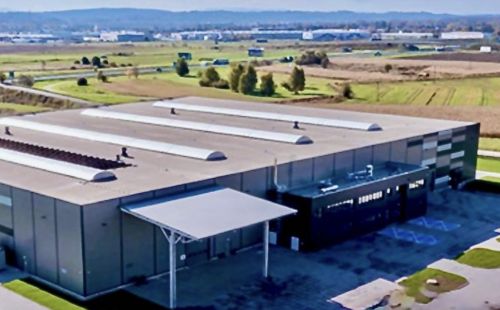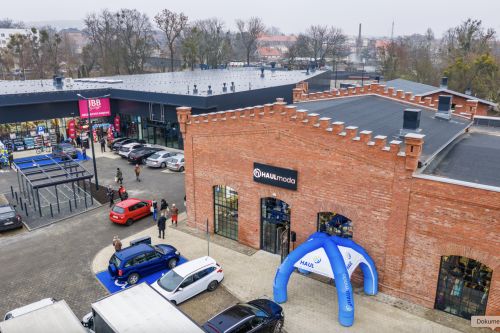An office is a living, evolving organism. It needs to adapt to survive – and these days, the office has to adapt to changing staff numbers and the hybrid working model. It also increasingly has to foster productivity, creativity and a feeling of well-being. When we also add the need to function as a showpiece for the company and its changing visual branding to these requirements, the effective life of an office fit-out turns out to be no more than around five years. And then the fun begins all over again, as the old set of office furniture is sent out to the landfill, while another arrives straight from the factory. Which means that the carbon emissions soar.
Every office fit-out comes at a cost, which is not only financial but also environmental – a fact that both designers and their clients are increasingly becoming aware of. “To design an office based on sustainable development principles is to create space that is economical as well as user- and environmentally-f































































